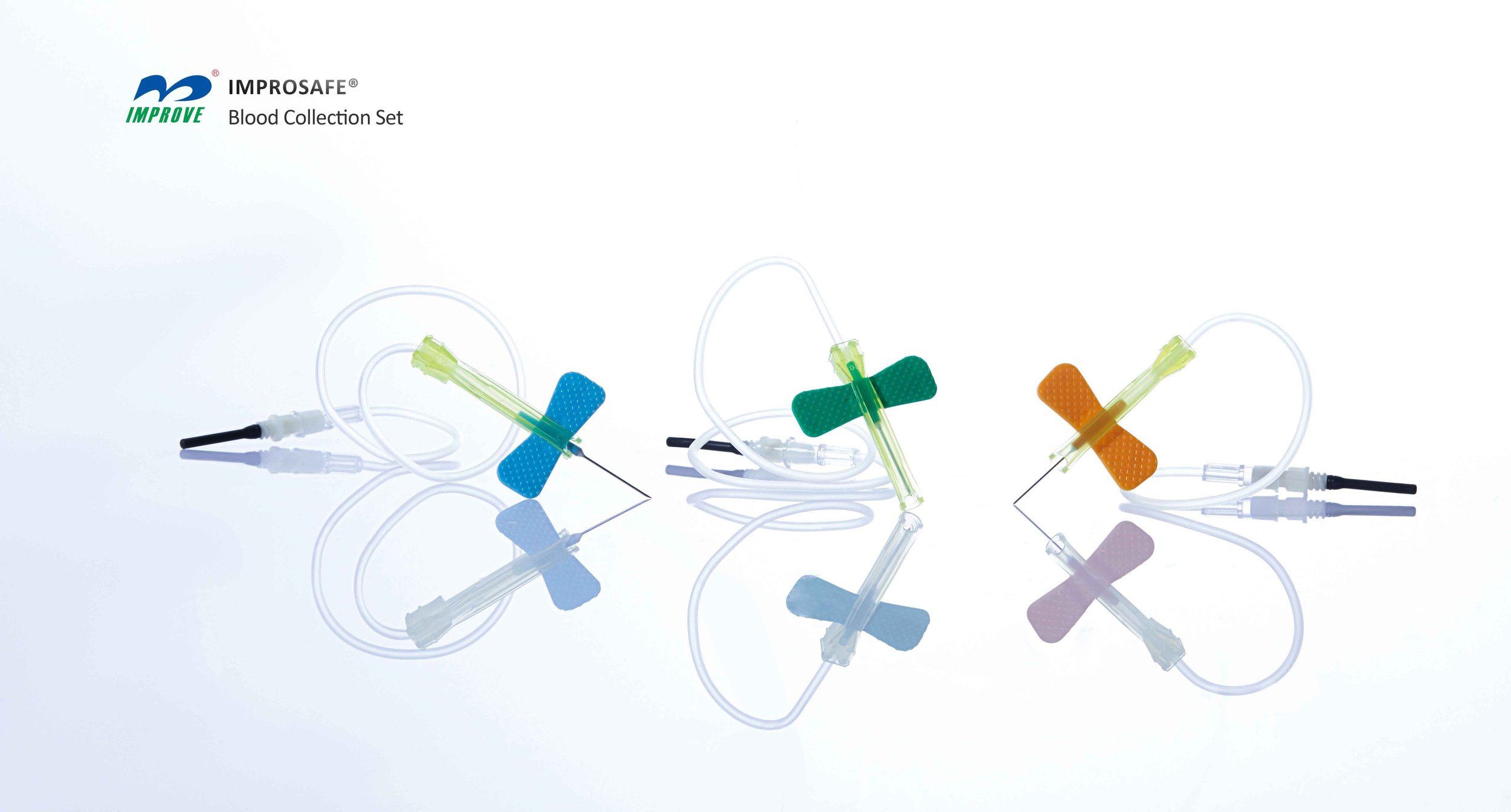Resolving Disputes Between Medical Lab and Phlebotomy Professionals: Effective Communication and Protocols
Summary
- Effective communication is key in resolving disputes between medical lab and phlebotomy professionals.
- Establishing clear protocols and procedures for conflict resolution can help prevent disagreements from escalating.
- Seeking mediation or arbitration can be a valuable tool in resolving disputes in a fair and impartial manner.
Introduction
In the fast-paced environment of medical labs and phlebotomy clinics, disputes between professionals can arise due to various reasons. Whether it's a disagreement over Test Results, communication issues, or conflicting work styles, resolving these disputes in a timely and effective manner is crucial to maintaining a harmonious work environment. In this article, we will explore the proper procedures for resolving disputes between medical lab and phlebotomy professionals in the United States.
Effective Communication
One of the most important aspects of resolving disputes between medical lab and phlebotomy professionals is effective communication. Clear and open communication can help address misunderstandings, clarify expectations, and prevent conflicts from escalating. Here are some tips for effective communication in resolving disputes:
- Listen actively to the other party's perspective and avoid interrupting them.
- Express your concerns and grievances in a respectful and professional manner.
- Seek to understand the root cause of the disagreement and work towards finding a mutually acceptable solution.
- Use non-verbal cues such as body language and tone of voice to convey empathy and understanding.
Establishing Clear Protocols
To prevent disputes from arising in the first place, it's essential to establish clear protocols and procedures for conflict resolution within medical labs and phlebotomy clinics. Having a documented process for addressing grievances and conflicts can help professionals navigate disagreements in a structured and fair manner. Here are some steps to establish clear protocols for conflict resolution:
- Define the chain of command and roles/responsibilities of each party involved in the dispute resolution process.
- Create a written policy outlining the steps to be taken when a dispute arises, including who to contact and how to document the issue.
- Train all staff members on the conflict resolution protocol to ensure everyone is aware of the procedures to follow.
- Regularly review and update the conflict resolution protocol to address any gaps or deficiencies that may arise over time.
Seeking Mediation or Arbitration
When disputes between medical lab and phlebotomy professionals cannot be resolved through direct communication or established protocols, seeking mediation or arbitration may be a viable option. These alternative dispute resolution methods can help parties reach a mutually agreeable solution in a more formal setting. Here are some reasons to consider mediation or arbitration in resolving disputes:
- Mediation allows parties to work with a neutral third party to facilitate communication and negotiation, with the goal of reaching a mutually satisfactory agreement.
- Arbitration involves presenting the dispute to a neutral arbitrator who will review the evidence and make a binding decision on the outcome.
- Mediation and arbitration can be less time-consuming and costly than traditional litigation, providing a faster and more efficient resolution to the dispute.
Conclusion
In conclusion, disputes between medical lab and phlebotomy professionals can be challenging to navigate, but by following proper procedures and protocols, conflicts can be resolved in a fair and effective manner. Effective communication, clear protocols, and seeking mediation or arbitration are essential tools in resolving disagreements and maintaining a harmonious work environment in medical labs and phlebotomy clinics in the United States.

Disclaimer: The content provided on this blog is for informational purposes only, reflecting the personal opinions and insights of the author(s) on the topics. The information provided should not be used for diagnosing or treating a health problem or disease, and those seeking personal medical advice should consult with a licensed physician. Always seek the advice of your doctor or other qualified health provider regarding a medical condition. Never disregard professional medical advice or delay in seeking it because of something you have read on this website. If you think you may have a medical emergency, call 911 or go to the nearest emergency room immediately. No physician-patient relationship is created by this web site or its use. No contributors to this web site make any representations, express or implied, with respect to the information provided herein or to its use. While we strive to share accurate and up-to-date information, we cannot guarantee the completeness, reliability, or accuracy of the content. The blog may also include links to external websites and resources for the convenience of our readers. Please note that linking to other sites does not imply endorsement of their content, practices, or services by us. Readers should use their discretion and judgment while exploring any external links and resources mentioned on this blog.
